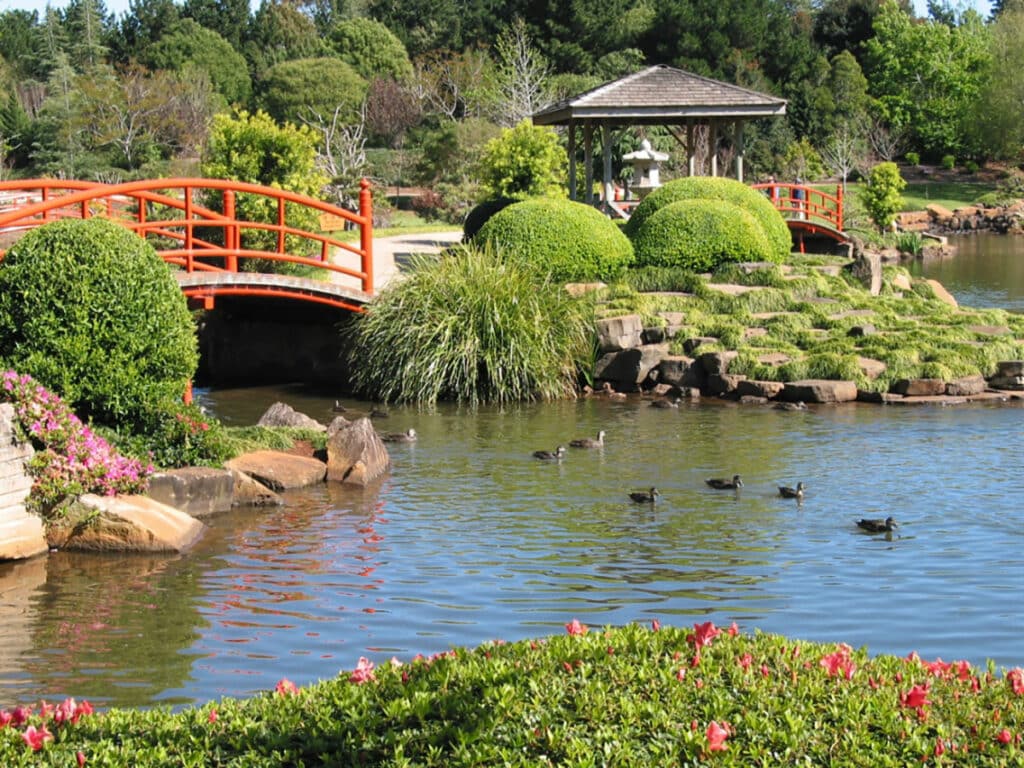Garden maintenance is an integral part of property upkeep in Queensland, Australia, and the responsibility for maintaining a garden often falls upon the tenant during a tenancy agreement. While the specific details may vary depending on the individual tenancy agreement, there are general guidelines that outline the responsibilities of both tenants and property owners in relation to garden maintenance.
Understanding the Residential Tenancies and Housing Act 2008
The Residential Tenancies and Housing Act 2008 (RTHA) is the primary legislation governing tenancy agreements in Queensland. The Act outlines the responsibilities of both tenants and property owners, including those related to garden maintenance.
Tenant Responsibilities
Under the RTHA, tenants are generally responsible for the following garden maintenance tasks:
- Mowing and edging lawns: Maintaining a neat and tidy lawn is an essential part of garden upkeep. Tenants are typically responsible for regularly mowing and edging the lawn to maintain a presentable appearance and prevent excessive growth.
- Weeding and pest control: Keeping the garden free from weeds and pests is crucial for maintaining a healthy and thriving garden. Tenants are usually responsible for weeding regularly and taking appropriate measures to control pests, such as using natural or non-toxic methods.
- Watering: Proper watering is essential for garden health, especially during dry periods. Tenants are generally responsible for watering the garden as needed to maintain plant health and prevent damage due to drought stress.
- General garden maintenance: Tenants are generally expected to maintain the garden in a clean and presentable condition. This may include tasks such as trimming hedges, removing dead leaves, and keeping the garden free from debris.
Property Owner Responsibilities
While tenants are responsible for routine garden maintenance, property owners also have certain obligations related to garden upkeep. These responsibilities typically include:
- Provision of essential infrastructure: Property owners are responsible for providing essential infrastructure such as irrigation systems, functioning garden tools, and adequate drainage to support the tenant’s ability to maintain the garden.
- Major repairs and replacements: Property owners are responsible for major repairs and replacements, such as fixing damaged fences, replacing diseased trees, or addressing structural issues that affect the garden’s overall integrity.
- Compliance with local regulations: Property owners must ensure that the garden complies with local regulations, such as restrictions on tree removal or requirements for maintaining firebreaks.
Sharing Responsibilities
In some cases, the responsibilities for garden maintenance may be shared between the tenant and the property owner. This could occur in situations where the garden is particularly large or complex, or when the tenant has limited time or resources to dedicate to garden upkeep. In such cases, a clear agreement should be outlined in the tenancy agreement to avoid disputes.
Addressing Disputes
If disputes arise regarding garden maintenance responsibilities, tenants and property owners should first attempt to resolve the issue amicably through open communication and negotiation. If direct negotiations fail, alternative dispute resolution methods such as mediation or arbitration may be considered. As a last resort, parties may seek a formal ruling from the Queensland Civil and Administrative Tribunal (QCAT).
Conclusion
Garden maintenance plays a crucial role in maintaining the aesthetics and value of rental properties in Queensland. Understanding the respective responsibilities of tenants and property owners, as outlined in the RTHA and tenancy agreements, can help ensure that gardens are well-maintained and contribute to the overall livability of rental properties.




